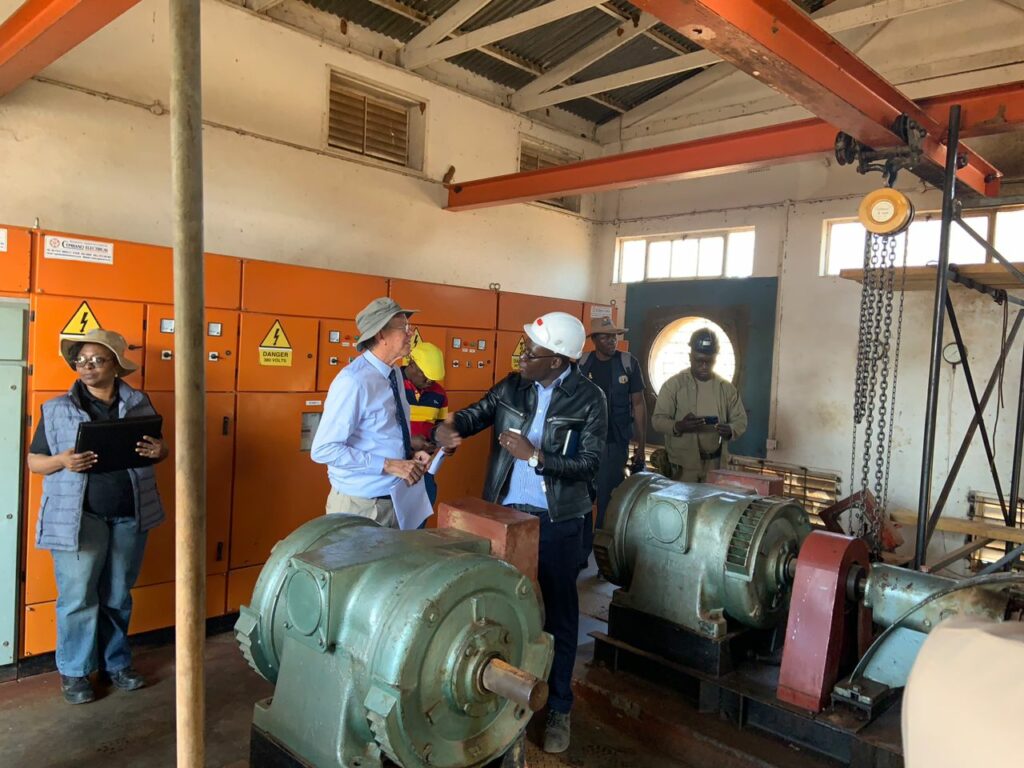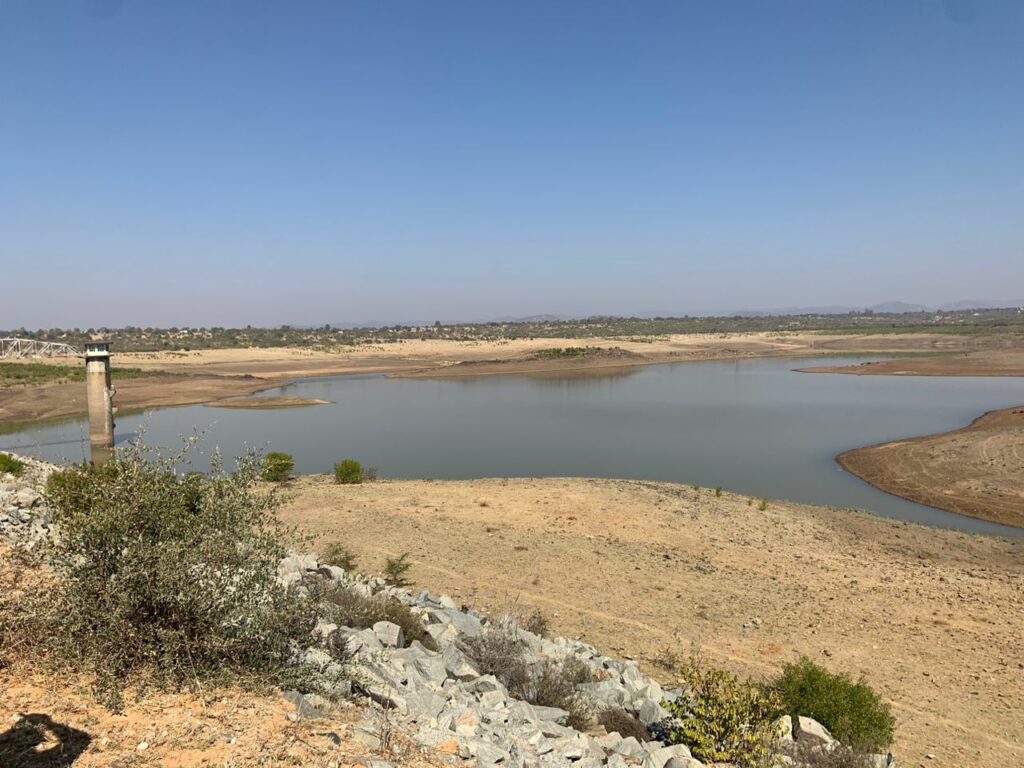Contractors working at the Mzingwane and Inyankuni pump stations are making significant progress in upgrading facilities aimed at enhancing water supply reliability and installing advanced monitoring systems to track the entire water supply chain.
Currently, the pumps are operating at 35 percent capacity, according to Bulawayo Mayor David Coltart, who noted that the upgrade is meant to tackle the loss of non-revenue water. The mayor said that out of all the water that flows into Bulawayo, a shocking 48 percent cannot be accounted for as non-revenue water.
“Either it’s lost through leakages or people tapping into or siphoning it off. That is critical. We have to lower that percentage so we can utilise the water we get,” Coltart said, emphasising the importance of recycling.
“London recycles its water 20 times. We do not use our water efficiently. We have to recycle our water. When we recycle the water, that will ensure that even with climate change we will have sufficient water.”

Engineer Leon Sayo, project manager at Pump Systems Africa, the contractor at Mzingwane Pump Station, is replacing inlet pipes, pumps, and outlet pipes. He said the critical upgrades are aimed at enhancing water supply reliability.
“We all know the water challenge that Bulawayo has been facing over the past few years. Our work here involves replacing the old pumps that were installed in 1957. They are very old, and it’s unbelievable that they’re still running at this time, though the efficiency has gone down,” he said.
“The City of Bulawayo has been trying over the years to mitigate some of those challenges of this old, dilapidated equipment.”
Sayo said their focus is on replacing the pumps, suction, and discharge fittings, and installing flow monitoring systems to address the current water shortages, including leakages and water quantity issues. The project also aims to install advanced monitoring systems to track the entire water supply chain, from Mtshabezi to Inyankuni, Ncema, Fernhill, and finally to Bulawayo.
“This whole water system is like a chain. We all know the famous statement that a chain is only as strong as its weakest link. It is important to say the City of Bulawayo is looking at this problem holistically, not just focusing on one pump station,” said the contractor.
“What the mayor emphasized is quite critical. We have to go through the whole system and fix the whole chain. Even from a technical point of view, putting in an upgraded state-of-the-art system when we don’t have water will not serve any purpose.”

The mayor noted that without enough raw water from the dams, the pump stations will be ineffective and idle. Heath Angus McLean, Project Manager for Watertight Engineering, the contractor at the Inyankuni Pump Station, said that to help address leakage prevention, they were installing new pipes.
“There’s also an electromagnetic flow meter that will be installed to allow for metering. That way the City of Bulawayo can detect how much water is actually being pumped from the dam over to Ncema, where they will also be able to meter,” he explained.
“By adding these flow meters at every interval, it enhances the capabilities of metering and detecting where there are water losses. By detecting these water losses, we can also determine how to prevent them. That way, we are safeguarding our water.”
McLean said the ‘tailormade’ pumps are currently being assembled in South Africa and are expected to arrive on site within the next two weeks. “Once on site, we will start disassembling the current pumps one at a time to ensure continuous pumping,” he said, noting they expected to have the project commissioned within the next two months.
Speaking on the critical upgrades and new installations, Bulawayo Technical Water Committee chairperson, Engineer Dr Annatoria Chinyama, highlighted the aim to boost the pumping capacity and enhance monitoring facilities.
“For all our projects, we are putting in flow meters. We are also trying to automate the systems so that we have more information about what is happening. We know that we don’t have enough water in Bulawayo, but for us to have the actual quantities, we have to properly measure,” she said.
“The refurbishment, replacement of pumps, and renewing the system are some of the measures we are putting in place at the moment. We are making sure that we put in systems that can help us monitor in the future so that we don’t just get shocked to find our water levels down, but we monitor and know what is going on so that we can put in measures on time.”
Director of Engineering Services in Bulawayo, Engineer Sikhumbuzo Ncube, said Inyankuni and Mzingwane are Bulawayo’s only pumping stations. Unlike Insiza and Lower Ncema dams, which rely on gravity, Inyankuni’s pumps are vital for delivering water to Ncema treatment works, while Mzingwane Dam is crucial for stabilizing the water system.

